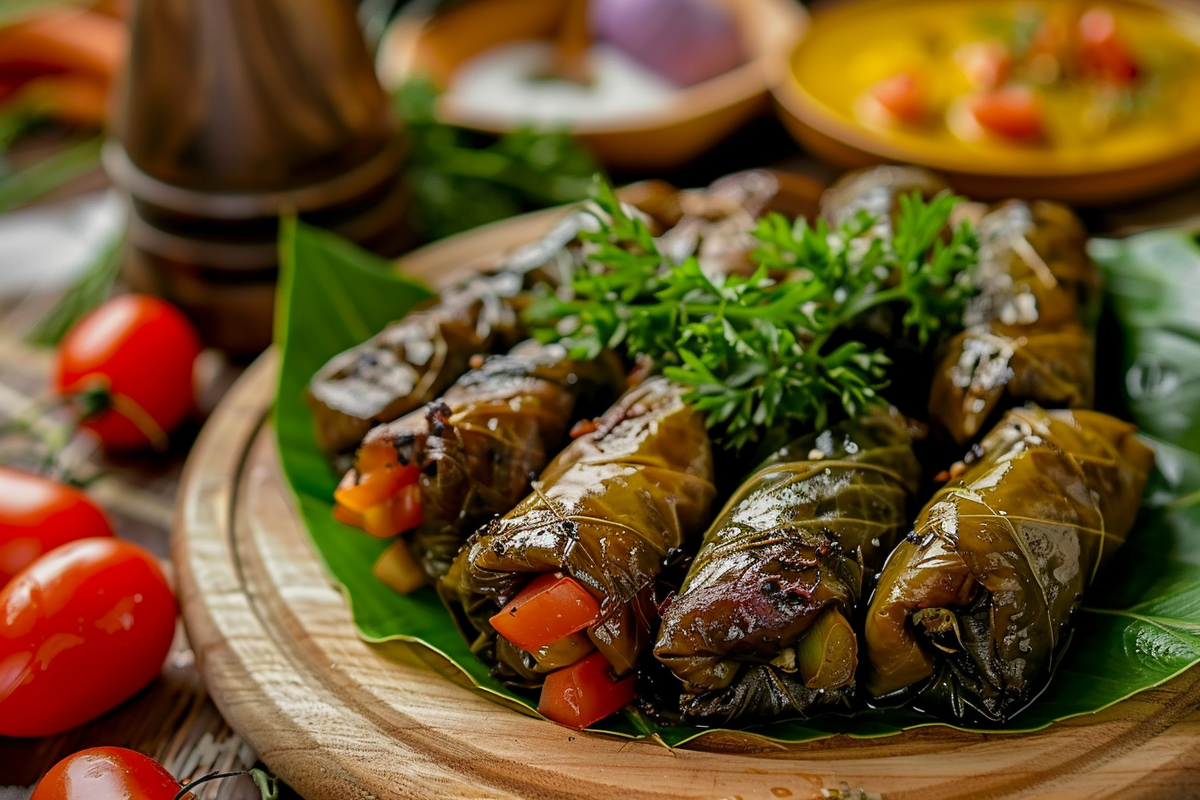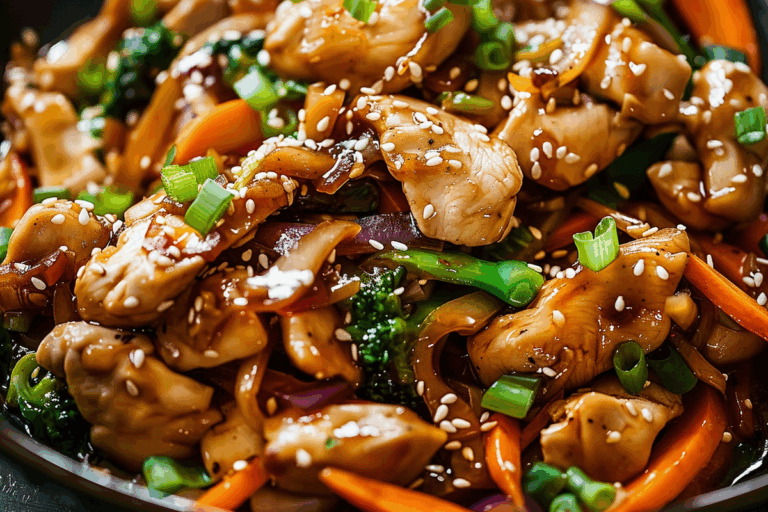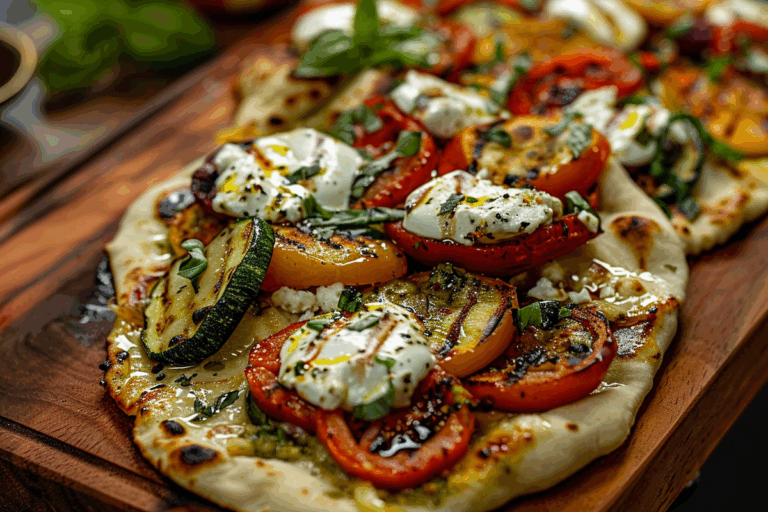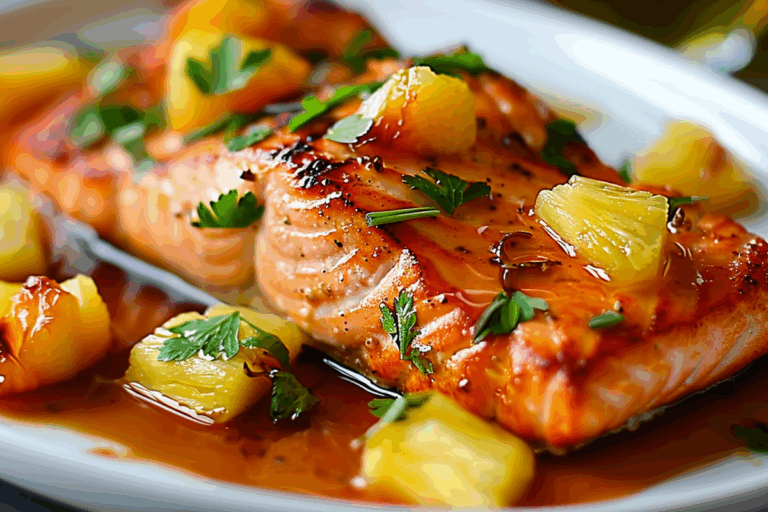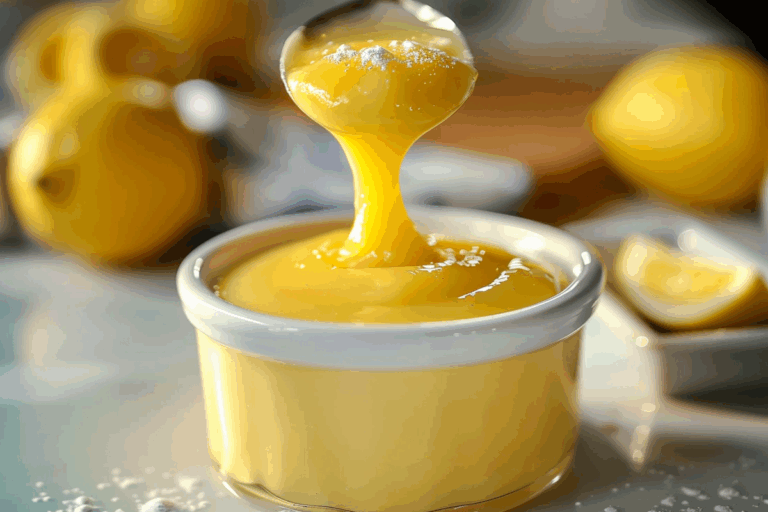Dolmadakia
Dolmadakia, or stuffed grape leaves, are a beloved dish in Greek cuisine that showcases fragrant rice and fresh herbs wrapped in tender vine leaves. This classic recipe is a labor of love that results in a burst of flavors with every bite, making it a perfect appetizer or side dish for any Mediterranean meal. In this article, we will walk you through the process of making Dolmadakia, explaining why you will love them, providing pro tips, a detailed ingredient list, and step-by-step instructions to ensure your success.
Why You Will Love This Recipe
Dolmadakia are the quintessential representation of Greek culinary traditions. They are not only delightful in taste but provide a healthy and wholesome meal option. The combination of rice, fresh herbs like dill, and the acidity of lemon creates a refreshing and satisfying dish that can be enjoyed warm or cold. They are also perfect for meal prep and can be stored in the refrigerator for several days. Whether you’re hosting friends or indulging your family in Mediterranean flavors, Dolmadakia is sure to impress.
Pro Tips for Making Dolmadakia
1. Selection of Grape Leaves: If you can find fresh grape leaves, they are preferred, but jarred or preserved leaves are widely available and work beautifully. Just make sure to rinse them well to remove excess brine.
2. Customize Your Filling: Feel free to adjust the herbs and spices to suit your taste. Adding mint or parsley along with the dill can add extra freshness.
3. Cooking Time: Make sure to simmer the Dolmadakia gently. Too aggressive of a boil can cause them to burst and lose their filling.
4. Serve with Sauce: Accompany the Dolmadakia with a creamy yogurt dip or a tangy tomato sauce for added flavor.
5. Storage: Dolmadakia can be refrigerated for up to a week and even freeze well, making them a great make-ahead option for parties or family meals.
Ingredients
For this Dolmadakia recipe, you will need the following ingredients:
- 200 g grape leaves (7 oz)
- 200 g rice (7 oz)
- 20 g fresh dill (0.7 oz)
- 1 onion, finely chopped
- Juice of 1 lemon
- 100 ml olive oil
- Salt and pepper to taste
Instructions
Step 1: Begin by rinsing the grape leaves under cold water. If you are using preserved grape leaves, boil them in water for 2 minutes to make them more pliable and reduce the saltiness.
Step 2: In a skillet, heat 2 tablespoons of olive oil over medium heat. Add the chopped onion, cooking until soft and translucent, about 5 minutes. This process enhances the sweetness of the onion, adding depth to your filling.
Step 3: Once the onion is ready, stir in the rice, chopped dill, salt, and pepper. Mix well and allow the rice to cook for about 1-2 minutes. Pour in half of the lemon juice and add a splash of water, enough to partially cook the rice, for about 8 minutes. The rice should be half cooked as it will continue to cook during the simmering process with the grape leaves.
Step 4: After cooking, remove the skillet from heat and let the filling cool down slightly. While waiting, lay a grape leaf glossy side facing down on a cutting board. Place about a tablespoon of the filling at the base of the leaf and fold the sides over the filling. Roll it tightly from the base up to the tip, similar to how you would roll a burrito. Repeat with remaining leaves and filling.
Step 5: Line the bottom of a large pot with a few unused grape leaves to avoid direct contact of the dolmadakia with the pot. Place the rolled dolmadakia seam-side down in the pot, packing them tightly together. Pour the remaining lemon juice and 4 tablespoons of olive oil over the rolls, then add just enough water to cover them.
Step 6: Cover the pot with a lid and simmer on low heat for about 40 minutes. Check occasionally to ensure they aren’t boiling too rapidly. The dolmadakia are done when the rice is fully cooked and the leaves are tender. Turn off the heat and let them cool slightly before serving.
FAQs
Can I use brown rice instead of white rice?
Yes, you can use brown rice, but note that it requires a longer cooking time. Adjust the water and cooking duration accordingly.
How do I store leftover Dolmadakia?
Let them cool completely, then store in an airtight container in the refrigerator for up to a week. They can also be frozen for longer storage.
Are Dolmadakia gluten-free?
Yes, this recipe is gluten-free as long as you use a gluten-free rice variety and avoid any additional ingredients that may contain gluten.
Can I add meat to the filling?
Absolutely! Some variations include ground meat such as lamb or beef added to the rice mixture for a heartier filling.
What is the best way to serve Dolmadakia?
Dolmadakia can be served warm or cold, typically accompanied by a side of yogurt or a fresh salad. They make for a delicious appetizer or a light main dish.
Conclusion
Dolmadakia is more than just a dish; they are a testament to the rich culinary heritage of Greece. With their delightful flavors and versatility, they can be enjoyed on various occasions, whether as an appetizer, a main dish, or part of a mezze spread. Follow the steps outlined above to create your own batch of these flavorsome delights. Share them with family and friends, and bring a piece of Greek culture to your dining table!

